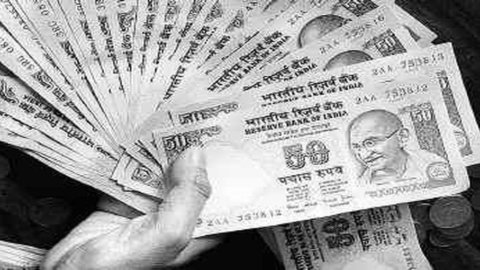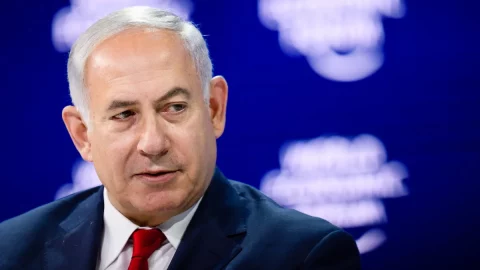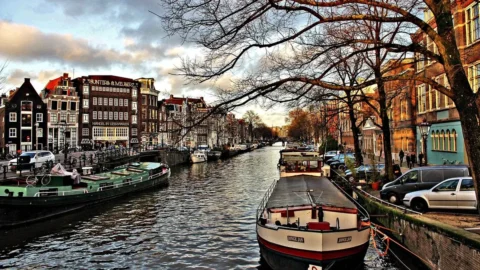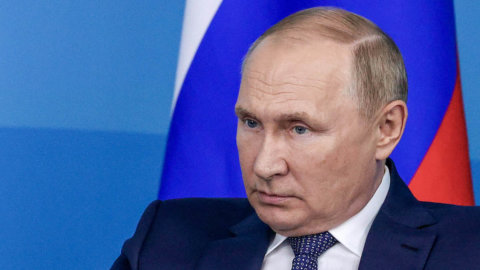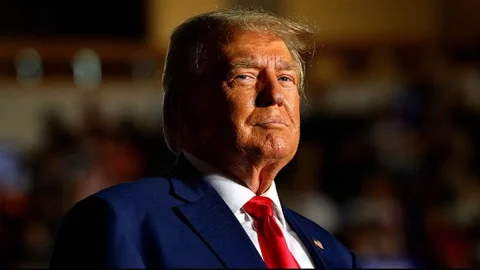India "has awakened from a deep sleep". With these words the editorial of the economic newspaper Mint welcomes, almost with a sigh of relief, the liberal turn of the New Delhi government: a year and a half before the next legislative elections, the centre-left majority party, led by Sonia Gandhi, has in fact finally responded to the accusations of inaction and launched a new strategic plan all aimed at opening up to foreign capitaldespite some internal reticence.
What forced the Congress Party and Prime Minister Manmohan Singh to change course were above all the worrying signals recently received from the state of health of the Indian economy: growth in the last quarter slowed to 5,5% (the lowest rate in the last 10 years), inflation is at 7,6% and the local currency, the rupee, has lost 20% of its value against the dollar, so much so that the rating agency Standard & Poor's last June threatened to lower the Indian debt score. And especially, foreign investment plummeted by 78% in one year, from June 2011 to June 2012.
In light of all this, it was no longer time for New Delhi to wait: on to the reformist turn ("Even if it would take a real big bang of reforms", writes the Business Standard newspaper), with ceiling on state holdings in the gas sector, reduction of public subsidies e opening up to foreign capital, up to 51% of the stake, in the retail trade sector and up to 49% in the aviation sector.
In particular, the opening up of the retail trade was a source of hesitation, as with its 12 million enterprises, almost all of small dimensions, represents the social and productive fabric of the country, which thus risks being distorted, putting the 40 million employees in the sector at risk. It is also true that micro-commerce in India has a turnover of 304 billion euros a year, of which to appeal to more than one international investor

